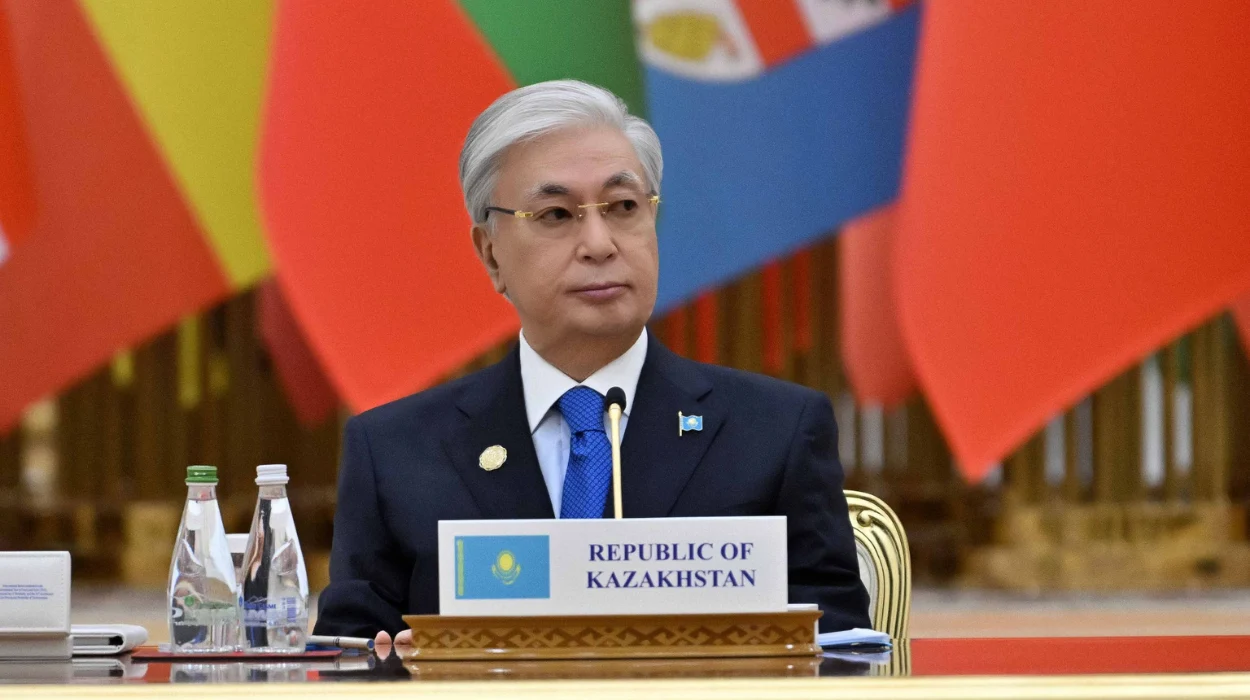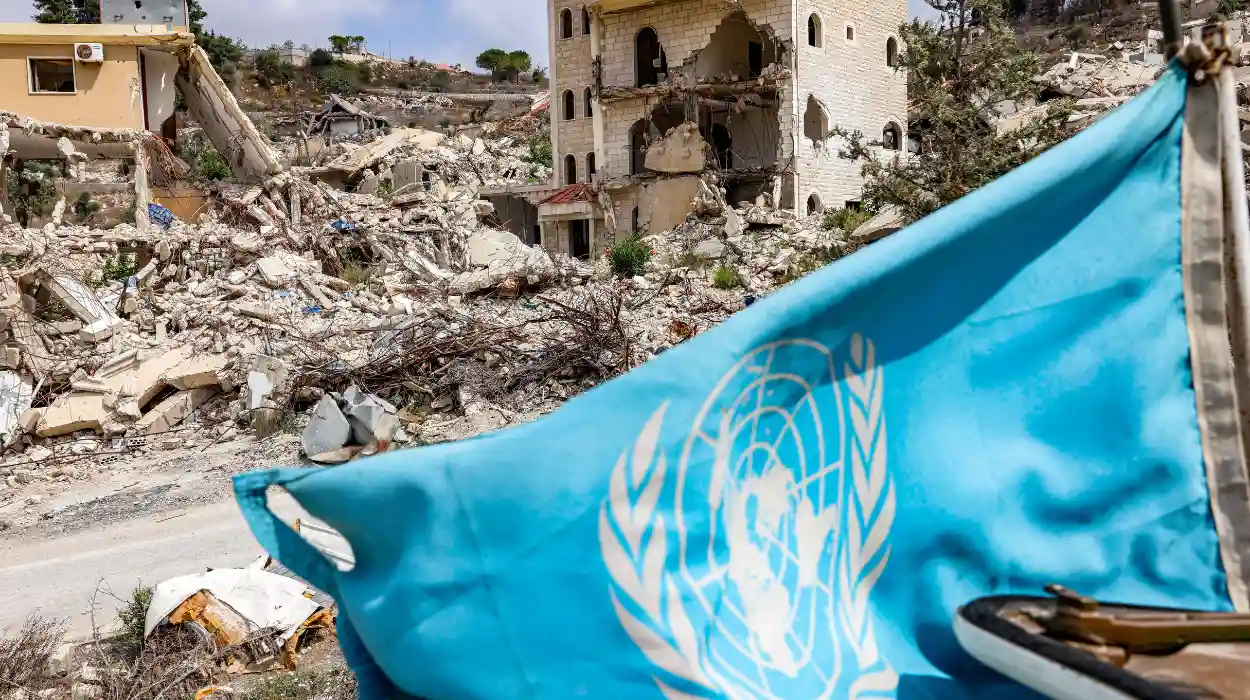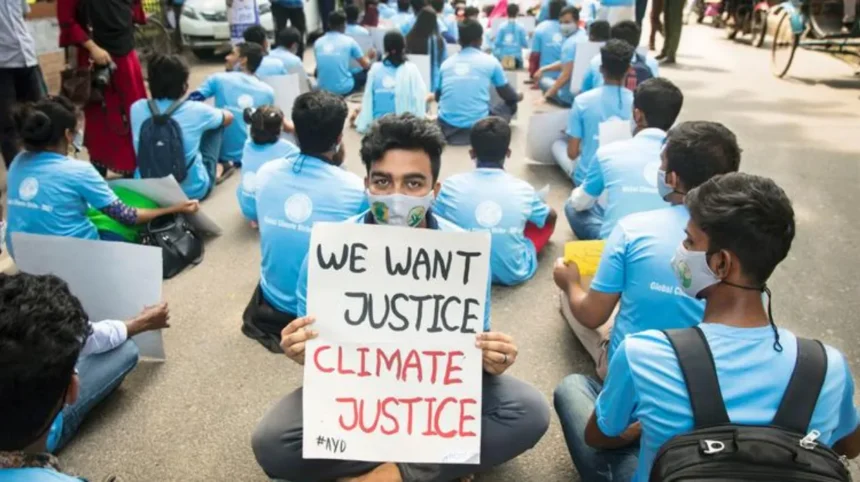In 2025, the climate change debate and UN agencies persist in the increased argument of evaluating quantifiable gains against prescribed targets by the policymakers. Almost a decade since the Paris Agreement came into force, the disparity between what has been said and what is being in reality is still evident even when it has been said several times. The emissions pathways of the globe are still not moving toward the 1.5oC pathway, casting doubts on whether it is possible to have targeted mitigation pathways.
UN monitoring frameworks suggest that the policies have not increased with the increase in atmospheric concentrations. The most recent national climate promises have been found to be aligned with a projected temperature increase between 2.4 o C and 2.9 o C by 2100 according to the 2024 UNEP Emissions Gap analysis. Climate negotiators and policymakers argue that the momentum continues to build but note that the framework of international engagements based on voluntary adoption continues to be a restraining element.
The leadership of the UN in climate diplomacy is not challenged, but its powers are based on cooperation and not on enforcement by the member states. With geopolitical tension increasing and economic demands changing priorities in governments there is a question mark over the institutional ability of the UN to achieve real emissions cuts in the period that has been outlined by the scientific bodies.
The Role Of UNFCCC And UNEP In Policy Direction
UNFCCC still remains as the central institutional machinery that moderates international climate talks and policy integration. After COP28 in Dubai and a reaffirmation of COP29 in Baku, a just transition, renewable funding schemes, and adaptation planning became more important. Nevertheless, even a number of governments of climate-prone countries were worried that the progress is slower than it needs to be to prevent the devastating levels of warming.
Structural Limits To Consensus-Based Diplomacy
The main obstacle to the climate governance process is that the UNFCCC depends on consensus between more than 190 member states. Though this is a conducive way of encouraging fair diplomacy, it tends to water down tough policy wording and slows down the implementation. The experience of the recent summits points to the conflicts between the political bargaining and scientific urgency.
UNEP’s Expanding Environmental Mandate
UNEP has also increased its spheres of operation to include protection of biodiversity, reduction of pollution, and security of freshwater in addition to mitigation of greenhouse gases. When UNEP was headed by Executive Director Inger Andersen, it enhanced its monitoring programs including the Global Environmental Data Initiative. However, mid-2025 updates indicated that implementation was not even across developing economies, indicating that guidance is problematic in terms of translating guidance into consistent national policy.
Technology And Data-Driven Approaches
UNEP has been increasingly employing sat-based monitoring instruments and AI-enabled emissions verification systems, which are considered to offer empirical data. These mechanisms enhance data security but need an ongoing investment to be relevant and available to less-privileged governments.
Climate Finance And The Credibility Gap
The concept of financial delivery is still a characteristic of the climate change and UN agencies accountability debate. The commitment of mobilizing 100 billion dollars annually to the developing countries has not been fully realized despite the renewed commitment. By the end of 2024 according to OECD sources, some 91 billion dollars of mobilized funds had been projected, however independent estimates exuded whether the contributions were actually net-new capital or re-positioned development finance.
The continued funding challenge is seen in the Loss and Damage Fund, which was activated following COP28 to help people deal with the irreversible effects of climate change. Towards the end of 2025, disbursements had approximately 6.8 billion dollars on a promised pool of 30 billion. The proponents of transparency claim that such a lag indicates institutional obstacles in the international finance pipelines.
Accountability And Data Transparency
Climate governance rests on proper monitoring to bring peace to the globe. WMO and UNFCCC observed that the differences in the methodology used by various countries in producing their emissions inventories make cross-country comparison difficult. Arguments on reporting standards led to the formation of Global Climate Data Harmonization Taskforce in early 2025, to develop standard architecture in reporting based on aerospace data, national audit procedures, and an independent climate science approach.
The long-term political goodwill and sound technological investments are critical in determining whether this initiative will increase efficiency in the verification. Researchers consider this move a shift in the political statements to practical compliance frames.
UNDP And Local Climate Resilience
UNDP is still undertaking on-ground work in over 140 states with a focus on adaptation, access to renewable energy, and resilience of agriculture. The Climate-Adaptive Livelihoods mission of 2025 buttressed food-security models in regions at risk of drought and desertification especially in Sub- Saharan Africa.
Local Implementation Challenges
Although there is technical assistance, differences in the governance capacity of the countries influence real-life development. Others like Bangladesh and the Philippines have requested more direct access to funds by the UN climate facilities, by bypassing middle-man processes to expedite the implementation.
Balancing Local Ownership And Global Oversight
Climate vulnerable economies in the countries of the world call on their leaders to have more autonomy in a manner that can allow them to adapt policies more to suit their own specific needs, claiming that standardized administrative procedures by the UN are time in responding to urgent needs. This is one of the dynamics that have been core to discussions about the effectiveness of governance.
Rising Pressures From Small Island States
Small Island Developing States keep promoting the increased urgency in multilateral decision-making. Leaders bring out a sense of existential risk due to rise in sea levels and degradation of the coast. According to COP29 words of one representative of AOSIS, promises that are not fulfilled are no better than no action at all when land is under the water.
Independent Financing Pathways
New funding formats that are being developed outside of UN formats indicate efforts to find on-time climate capital. Fiji increased bilateral climate investments, and Maldives had issued Climate Resilience Bonds to mobilize the private-sector. These trends demonstrate a new conflict between the principles of global coordination and state-level acuity.
Risk Of Multilateral Fragmentation
When the pace of a move toward independent climate pathways increases, then UN cohesion might be long term-tested, and thus, what happens to future forms of climate diplomacy is subject to debate.
Humanitarian Dimensions Of Climate Governance
The humanitarian consequences of climate change are still inextricably connected with the outcome of governance. Another significant move noted was the 26 million climate displacements in 2024 recorded by the International Organization for Migration, with an upward trend of the number continuing yearly. The demands to consider the issue of climate displacement on the global level grow, and the UNHCR and UNICEF mention direct-relation between climate shocks, malnutrition of children, and forced migration.
There is pressure on UN agencies to incorporate the environmental, economic, and human rights considerations in the single climate resilience programs. People-oriented models keep on coming up though need better delivery measures.
Technology Transfer And Industrial Transition
UNIDO and other organizations point to the slow development of climate technology transfer to the developing countries. Barriers to licensing and intellectual property impediments are barriers to the implementation of systems of renewable and industrial-decarbonization on the scale needed. The recent 2025 UN initiative of backing open-technology platforms is the symbol of renewed commitment, but its success will rely on the active participation of the private-sector.
A Crossroads For UN Climate Leadership
The situation in the last months of 2025 is characterized by climate change and UN agencies dynamics that may exemplify the intricate balance between global ambition and delivery issues. The UN continues to be the epicenter in international dialogue and organization of multilateral cooperation. However, the effectiveness of its climate design is being subject to increasing scrutiny with scientific projections coming shorter and finances falling behind. As COP30 in Belém is projected to establish new modalities of accountability, the question of whether the member states translate pledges into a time-limited binding climate action or not emerges.








